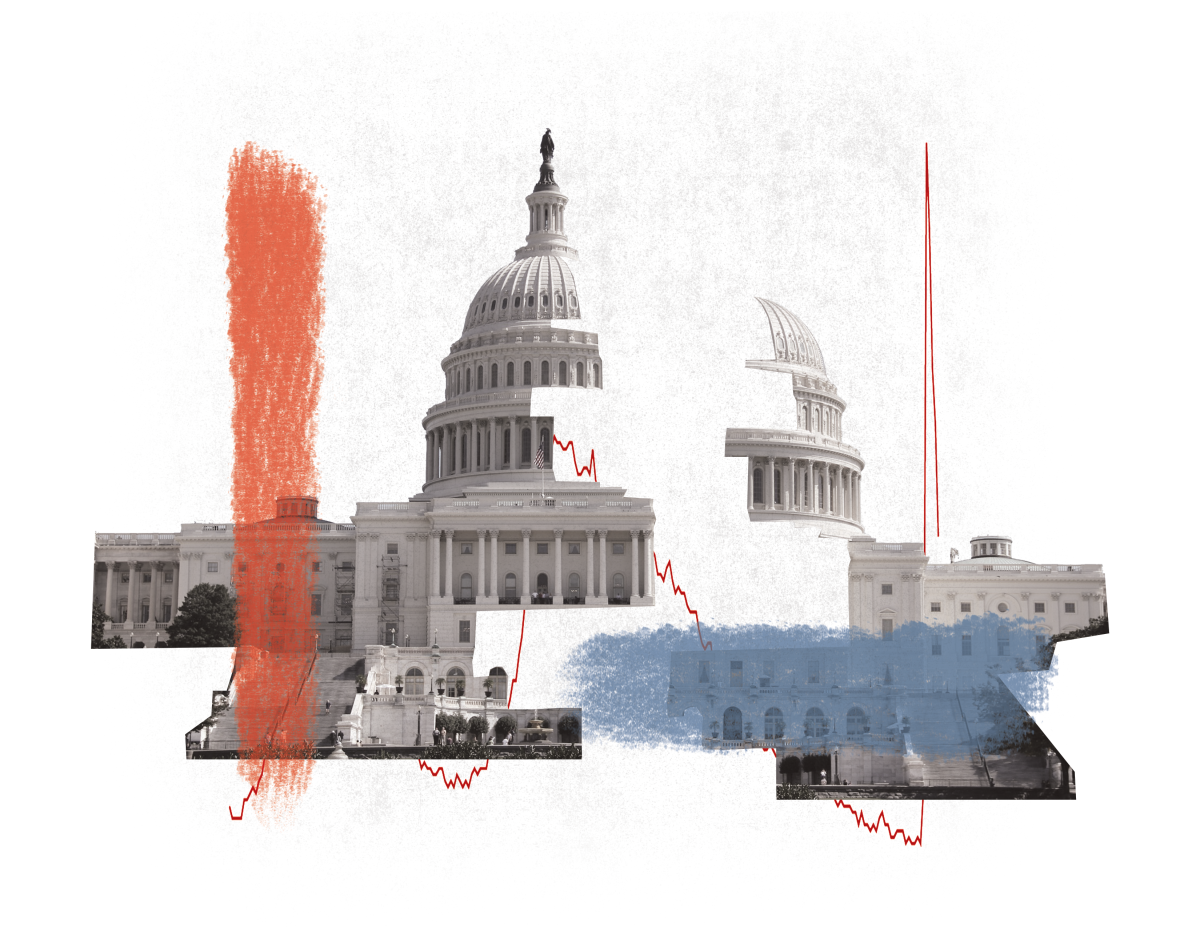Fatimah Choudhury, contributing writer
Back in 1979, The Sagebrush Rebellion was a reform that overtook the West in which the federal government was demanded to surrender a vast amount of land to state and municipal control. You probably learned about the concept in high school, state vs. federal power where the question arises: who should get more power, the state or country? According to those in the West the answer was the state. The ranchers had grievances about the severe nature of regulations and it was believed the grazing fee was too high.
Fast-forward to 2016, the town of Burns, Oregon, was overtaken by armed militiamen who surround the Malheur National Wildlife Refuge dressed in various contrasts of camouflage while carrying assault rifles. Led by Ammon Bundy, a rancher from Nevada, these protesters are ranchers who appear to be met with little to no resistance by law enforcement—instead they are asked what they are seeking to accomplish. To understand this you have to understand the political climate of ranchers in the West.
Now, the federal government owns approximately 1/3 of the United States, mostly in the West to preserve land which is ran by governmental agencies such as the Federal Bureau of Land Management, as well as Fish and Wildlife Conservation Commission and many ranchers have, in effect had a hard time with the government buying up land. It also should be noted that 53.1% of the land in Oregon belongs to the government where they charge “grazing fees” for public land that has a no fence policy on ranchers. A no fence policy basically states that cows and cattle can graze where they see fit. The ranchers rallied around the Bundy family feel that the federal government has overstepped its boundaries and should forfeit the land to the state and local governments.
These militiamen are demanding a laissez-faire land management owned by the county/state, which would be overseen by local politicians, rather than appointed officials the militiamen refer to as bureaucrats. Economically, this may not prove to be the best path and the militia states the refuge doesn’t have the rancher’s best interest in mind, which is true. Nancy Langston, in her New York Times op-ed “In Oregon, Myth Mixes With Anger,” said, “By law, on federal wildlife refuges, the first priority is wildlife. Other uses are allowed when they enhance wildlife habitat, but not when they harm it.” The conflicting interest has had tensions rise high for decades now between the refuges and ranchers.
The resentencing of the Hammond family, which has separated themselves with any affiliation with the militiamen, sparked this protest. The Hammond family had incited multiple fires in order to clean the land from invasive species which without a buffer zone known as a “no burn zone” spread to the surrounding land owned by the federal government. The reason that this particular incident instigated such an aggravated response by ranchers across the country is because the federal government had charged such a stringent punishment that was not in proportion to the crime. Many ranchers have in effect feel this as yet another overstep the federal government has taken to display their dominance in the ranching industry. The case is as such the Hammond family had been charged by the federal government under the Antiterrorism and Effective Death Penalty Act of 1966 which states, “Whoever maliciously damages or destroys, or attempts to damage or destroy, by means of fire or an explosive, any building, vehicle, or other personal or real property in whole or in part owned or possessed by, or leased to, the United States, or any department or agency thereof, or any institution or organization receiving Federal financial assistance, shall be imprisoned for not less than 5 years and not more than 20 years, fined under this title, or both.”
The presiding judge in this case, Michael R. Hogan, found the arson to no have “malicious intent,” and found a sentence of five years a violation of the eighth amendment. Therefore, Dwight Hammond was sentenced to three months and Steven Hammonds to twelve months and one day with probation terms. The Hammonds went to jail, meanwhile the United States appealed to the Ninth Circuit Court of Appeals, which sided with the government giving the Hammonds a five-year sentence. This case sparked the fire for the ranchers because the ranchers saw this as a government overstep of boundaries outlined in the Constitution. The ranchers also argue that the acquiring of land for wildlife preservation isn’t a power outlined in the Constitution and is a violation of the tenth amendment which states that the federal government possesses only those powers delegated to it by the states or the people through the Constitution.
The militant group has received little to no support amongst the people of Burns, Oregon because they say that they represent themselves, and are happy that these issues were raised but do not agree in the way in which these issues received attention. They feel threatened by the militia and see this standoff as ineffective. The ranchers in Burns work hand in hand with the refuge and see the benefits of the national refuge providing its services. Also if it’s the constitutionality of the federal government overreach then that should be left up to the courts—not a militant group.































